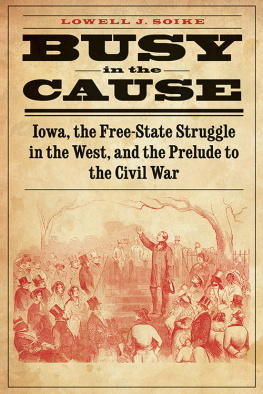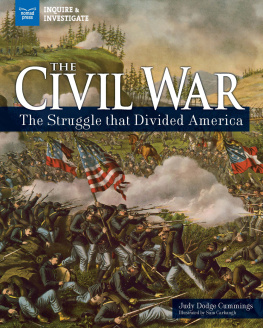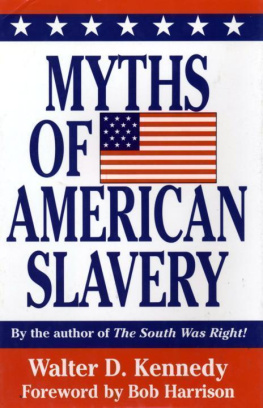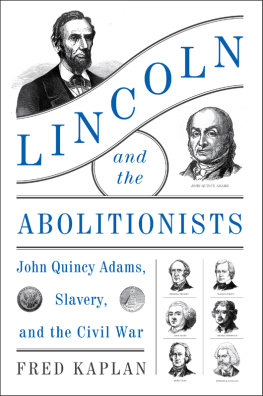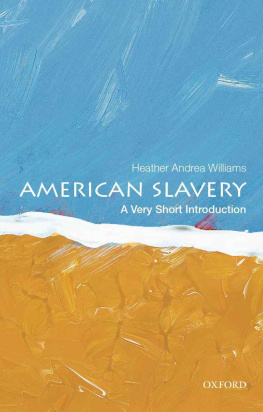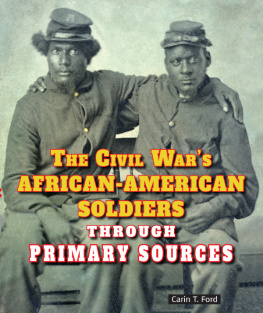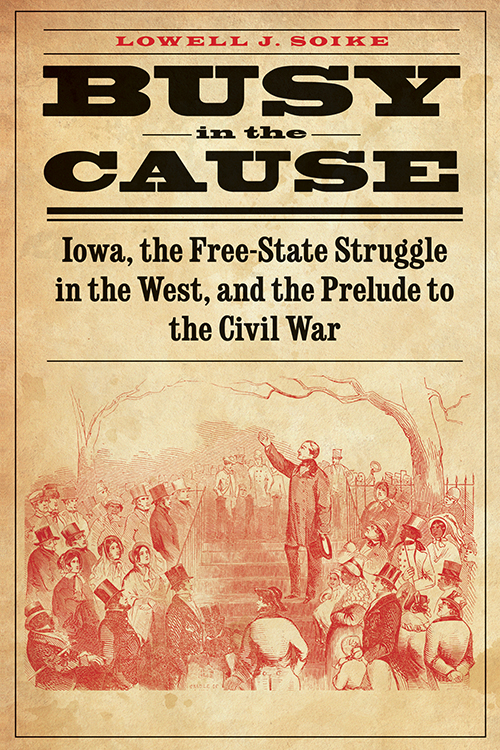
The dramatic role of frontier Iowa as abolitions western bridgehead in the crusade to save Kansas for freedom has long awaited definitive study. Now historian Lowell J. Soike has carefully reconstructed this story.
Robert R. Dykstra, author of Bright Radical Star: Black Freedom and White Supremacy on the Hawkeye Frontier
Who knew that the young Hawkeye state sent more settlers to Bleeding Kansas than all of New England combined? Deeply researched and clearly written, Busy in the Cause reconnects Iowas Underground Railroad to its Kansas roots and offers our most complete description yet of John Browns Missouri raid.
G. Galin Berrier, historian, writer, and speaker on the Underground Railroad
Busy in the Cause
Busy in the Cause
Iowa, the Free-State Struggle in the West, and the Prelude to the Civil War
Lowell J. Soike
University of Nebraska Press
Lincoln & London
2014 by the Board of Regents of the University of Nebraska
Cover image from The Granger Collection, New York
Author photo by Beth Liebetrau
All rights reserved
Publication of this volume was assisted by the State Historical Society of Iowa through a Federal Highway Administration enhancement grant received from the Iowa Department of Transportation.
Library of Congress Cataloging-in-Publication Data
Soike, Lowell J.
Busy in the cause: Iowa, the free-state struggle in the west, and the prelude to the Civil War / Lowell J. Soike.
pages cm
Includes bibliographical references and index.
ISBN 978-0-8032-7189-0 (pbk.: alk. paper)
ISBN 978-0-8032-7385-6 (epub)
ISBN 978-0-8032-7386-3 (mobi)
ISBN 978-0-8032-7384-9 (pdf)
1. Antislavery movementsIowaHistory19th century. 2. AbolitionistsIowaHistory19th century. 3. IowaPolitics and government19th century. 4. United StatesHistoryCivil War, 18611865Causes. I. Title. II. Title: Iowa, the free-state struggle in the west, and the prelude to the Civil War.
E 445. I 8 S 65 2014
973.7'11dc23 2013045096
The publisher does not have any control over and does not assume any responsibility for author or third-party websites or their content.
For James Hill, with thanks
Contents
Illustrations
Figures
Preface
Antislavery events west of the Mississippi River commonly get short shrift in histories, leaving the impression that almost everything consequential happened farther east. Bleeding Kansas and John Brown may receive nods as precursors to the Civil War but mainly as brief introductions to congressional developments associated with creating the Kansas-Nebraska Act or in connection with the Harpers Ferry raid and its consequences. I have embarked on this book with an eye to helping readers ponder certain western circumstances that have fallen into the cracks of history but have shaped antislavery life and political struggles in Iowa and Kansas.
Other states invariably are a part of the story. Missouri, the closest slave state that was most involved in deciding slaverys fate in Kansas, receives particular consideration. Others that were instrumental in sending Free-State settlers to Kansas, such as Ohio, the New England states, and, of course, the Nebraska Territory through which they traveled, enter the discussion as well. So while the theme of this book is the relationship of Iowa to the Kansas Territory, in a larger sense it covers Iowas relationship to the western Midwest.
Iowa, as the closest Free State to the territorial struggle, became a refuge, a source of arms and supplies, and a northern land route for the Kansas Free-State settlers who helped check slaverys expansion. Moreover, Iowa developed into an escape route for persons fleeing Missouri enslavement through Kansas. I realize that this book, with its main focus on Iowa and Kansas, does some injustice to the full involvements of other states, but I do so in hopes that future studies will illuminate the territorys relationship to these states as well.
Passions ran deep among proslaverys friends and their antislavery opponents toward the issue of westward expansion. Shaping the rising fervor over slavery was the increasing influence of evangelical Protestant faiths in the North that intensified agitation and pressed a view of slavery not simply as mistaken but also as evil and an abhorrent sin. Evangelicals moral disgust with slavery regularly inserted itself in politics, especially in the frontier West, aggravating and creating a more radicalized political mood without room for compromise.
Lacking the restraints of a political past, new western territories allowed the increasingly radical views of antislavery evangelicals room to expand in the white heat of territorial politics. Members of Congregationalist, Quaker, Wesleyan Methodist, and Presbyterian faiths who settled the open West in these times often developed more antislavery sentiments than did kindred denomination members back east who held to traditional church practices and were led by ministers hesitant to test parishioners with advanced evangelical views on slavery.
One aspect of my research methods, the extensive use of newspapers as source material, deserves mention. First of all, in the frontier West of that time, surviving sourcesletters, records of laws proposed and enacted, government reports, messages of elected officials, and newspapersare less plentiful. Of them all, newspapers provide the window through which regular weekly local matters and broader public opinion are revealed.
Despite shortcomings of political bias and incomplete or inaccurate stories, newspapers supply historians with the daily stream of popular opinion and alignments over slavery, shedding light on what local opinion leaders thought about current discussions over the slavery issue, their political enemies, and efforts being made by parties, governments, courts, and law enforcement officials to shape and control events. The news report of a local proslavery or antislavery meetingnoting who officiated, who attended, and what resolutions were adoptedcan reveal what led up to significant incidents, and newspaper sketches of leaders in the slavery issue can disclose who was admired or thought to be obstructive, unworthy, or dangerous. Together these newspaper reports open to view the political climate of the frontier areas by highlighting their squabbles, divisions, and concerns over the slavery issue. Accordingly, for this book, I examined slavery-related articles in all surviving Iowa newspapers from 1850 to 1861 along with several newspapers in Kansas Territory and a few for Missouri during the period 1855 to through 1859.
The Kansas turmoil has been told from many angles, with the earliest works displaying exaggerated partisanship and todays narratives being relatively free of such extreme sentiments. In recent decades, scholars have explored the complex people and series of events that shaped the Free-State movements character. We have come to the time when the roles of states near the territories ensuing Free-State story ought to be evaluated as well for the periods issues of slavery and antislavery in the West are bound up with the American story, and in them, Iowa played its part.
The work of examining this unfolding issue in the West and its related Underground Railroad activity has been made possible by the State Historical Society of Iowas receipt of an enhancement grant under the Intermodal Surface Transportation Efficiency Act of 1991 ( ISTEA ; Public Law 102-240) from the Federal Highway Administration through the Iowa Department of Transportation.
Acknowledgments
I became interested in antislavery and Underground Railroad activities several years ago when, working at the State Historical Society of Iowa, I prepared a proposal to draw more attention to the states story of antislavery. For the next twelve years as time permitted in other duties, I directed the project through a federal grant. One of its results is
Next page
